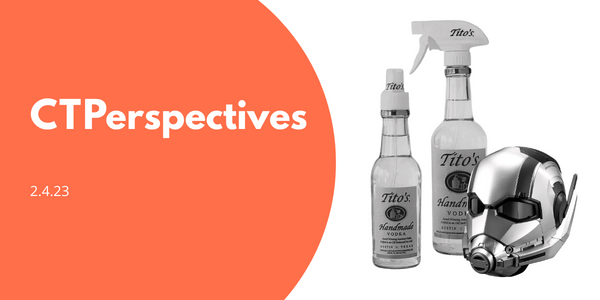Manage the Crisis Before it Hits
Few companies have seen their reputation plunge faster than Boeing. Only a few years removed from two tragic crashes of its Max jets, the company made headlines earlier this year when a panel exploded off an Alaska Airlines plane midair. Miraculously, no one died. But the incident forced an emergency landing, FAA and FBI investigations, the grounding of entire fleets, a halt in production, a 25% drop in its stock price and (alas) the dismissal of the CEO and board chair.
While an air disaster is rare, every news cycle sees high profile people and companies forced to answer, why did that happen and what are you doing about it? Just look at Steward Health Care, Grace Ocean, or even the British Royal family. But it isn’t just the world’s biggest companies or celebs who can find themselves defending, explaining and dodging. A crisis can hit organizations of any size, and like a spark that escapes a campfire and lands in dry brush, you can be surrounded by an uncontrollable inferno in an instant.
A company hired us years ago to help connect with the surrounding community on a plant expansion. Two days into the engagement we got a desperate call from the client. There had just been an explosion at their site and 3,000 pounds of cement dust showered the densely populated neighborhood, covering homes, cars, people and dozens of school buses preparing to pick up students across the city. We arrived amid a sea of first responders, news helicopters and satellite trucks. They had no crisis communications plan in place but we drafted responses, trained a spokesperson, managed the media storm and were able to mitigate the impact.
The process could have been smoother had the company followed these seven steps.
-
Eye Spy a Problem:
Smart responses start with self-assessment. Long before a crisis, bring together representatives from across the company – manufacturing, customer service, legal, HR, etc. – and ask, “What in the world could go wrong?” In this parlor game there’s only one rule: no one can say, “That would never happen.”
-
Fix it Before it Breaks:
The best crisis tool is prevention. With a working list of possible issues in hand, audit the systems and protocols that are in place to avoid the mishap from occuring in the first place. Do they still work? Are there redundancies built in? What are our actions, company-wide, should the problem outsmart those systems?
-
Words Matter:
While fixing the actual problem is job one, you must be ready to clearly and credibly explain what happened, why it happened and what we’re doing about it. The right message can demonstrate ownership and reassure your stakeholders that you’re fixing what is broken. You won’t be able to finalize your exact messaging ahead of time (nor should you) but you can get a head start with a crafted outline of each situation.
-
Assemble the A Team:
In a fast moving crisis, rumors mingle indiscriminately with facts, making the situation as confusing on the inside as it is on the outside. A Crisis Response Team (CRT) with representation across the organization is necessary to get real answers in a timely manner and to then fix the issue at hand. Legal, PR, Operations and HR must be charter members, and the team should have an open line to the company’s chief decision maker.
-
Pick a Channel:
You have a wide set of audiences – the board, employees, partners, customers, surrounding community, government officials. And they get their information in different ways. Have the right channels lined up to reach the right audiences at the right time. And make sure the company knows who’s at the controls. A clear media policy should mandate that every media request and public comment runs through the PR leader, especially when business and reputation are threatened.
-
Where are my Friends?:
Winston Churchill said the only thing worse than fighting with allies is fighting without them. Such is the case in a public crisis. Have a list of credible third-party advocates who will attest to your company’s efforts in the issue at hand. What you say is important, but what others say about you is even more so.
-
This is a Test:
With your scenarios established and a CRT in place, it’s time to run through a mock crisis. Create a scenario that will allow you to practice how the CRT performs if the red light ever went on. Rinse, wash, (refine), repeat.
Among the dozens of crises our team has managed over the years – from industrial accidents to high profile litigation – the most important ingredients in a proper response are equal doses of imagination, discipline and honesty. And those are baked in before a problem ever arises.





